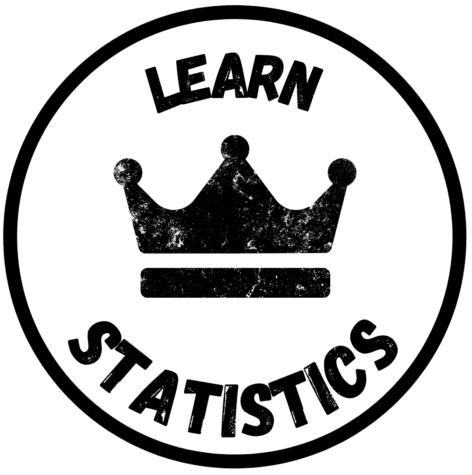What is: Quasi-Identification
What is Quasi-Identification?
Quasi-identification refers to a situation in data analysis where a dataset contains enough information to potentially identify individuals, but not in a straightforward manner. This concept is crucial in the fields of statistics, data analysis, and data science, particularly when dealing with sensitive information. Quasi-identifiers are variables that, when combined, can lead to the identification of individuals, even if direct identifiers like names or social security numbers are not present.
Ad Title
Ad description. Lorem ipsum dolor sit amet, consectetur adipiscing elit.
Understanding Quasi-Identifiers
Quasi-identifiers are attributes that, while not unique on their own, can narrow down the possibilities of identifying an individual when used in conjunction with other data points. Common examples include age, gender, zip code, and date of birth. In many datasets, these variables can be used to create a profile that is specific enough to potentially link back to an individual, thus raising privacy concerns.
Importance of Quasi-Identification in Data Privacy
The concept of quasi-identification is particularly significant in the context of data privacy laws and regulations, such as GDPR and HIPAA. Organizations must be aware that even anonymized datasets can pose risks if quasi-identifiers are present. This understanding is essential for data scientists and analysts who handle personal data, as it influences how data is collected, processed, and shared.
Examples of Quasi-Identification
Consider a dataset that includes individuals’ ages, genders, and postal codes. While none of these attributes alone can identify a person, when combined, they can significantly reduce the pool of potential matches. For instance, a 30-year-old female living in a specific postal code may be identifiable if there are only a few individuals fitting that description in the dataset.
Mitigating Quasi-Identification Risks
To mitigate the risks associated with quasi-identification, data anonymization techniques are often employed. These techniques may include generalization, where specific values are replaced with broader categories, or suppression, where certain data points are removed entirely. By applying these methods, organizations can reduce the likelihood of re-identification while still retaining useful information for analysis.
Ad Title
Ad description. Lorem ipsum dolor sit amet, consectetur adipiscing elit.
Quasi-Identification in Machine Learning
In machine learning, quasi-identification poses challenges for model training and evaluation. When datasets contain quasi-identifiers, models may inadvertently learn to associate these attributes with specific outcomes, leading to biased predictions. Data scientists must be vigilant in identifying and addressing these variables to ensure the integrity and fairness of their models.
Legal Implications of Quasi-Identification
The legal implications of quasi-identification are profound, as organizations can face significant penalties for failing to protect personal data adequately. Understanding the nuances of quasi-identification is essential for compliance officers and legal teams within organizations that handle sensitive information. They must ensure that data practices align with current regulations to avoid legal repercussions.
Quasi-Identification vs. Anonymization
It is important to differentiate between quasi-identification and complete anonymization. While anonymization aims to remove all identifiable information, quasi-identification acknowledges that certain data points can still lead to identification under specific circumstances. This distinction is critical for data governance and ethical data usage in research and analytics.
Future Trends in Quasi-Identification Research
As technology evolves, so do the methods for quasi-identification and the techniques for mitigating its risks. Ongoing research in data privacy and security is focused on developing more robust anonymization techniques and understanding the implications of machine learning on quasi-identification. Staying informed about these trends is vital for professionals in data science and related fields.
Ad Title
Ad description. Lorem ipsum dolor sit amet, consectetur adipiscing elit.

